Back-to-back blockbuster wet seasons have provided plentiful rain and mountain snow, boosting the snowpack and water supply for millions of people.
March 12, 2024 | Staff Editor
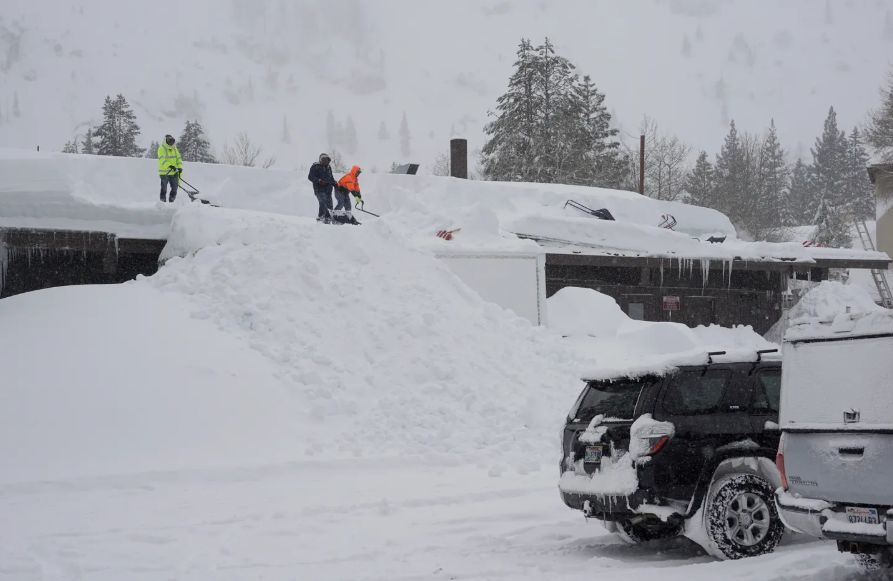
AccuWeather meteorologists have made a significant forecast regarding the state of California: it will remain free from widespread drought until the end of 2025. This prediction follows a remarkable event—a powerful blizzard blanketed the mountains of northern and central California with over 80 inches of snow.
Ken Clark, an expert on California weather at AccuWeather, expressed relief at this news. He highlighted the consecutive winters of heavy precipitation as a boon in the ongoing battle against drought, a struggle exacerbated by years of heatwaves and insufficient rainy seasons that strained reservoirs and aquifers.
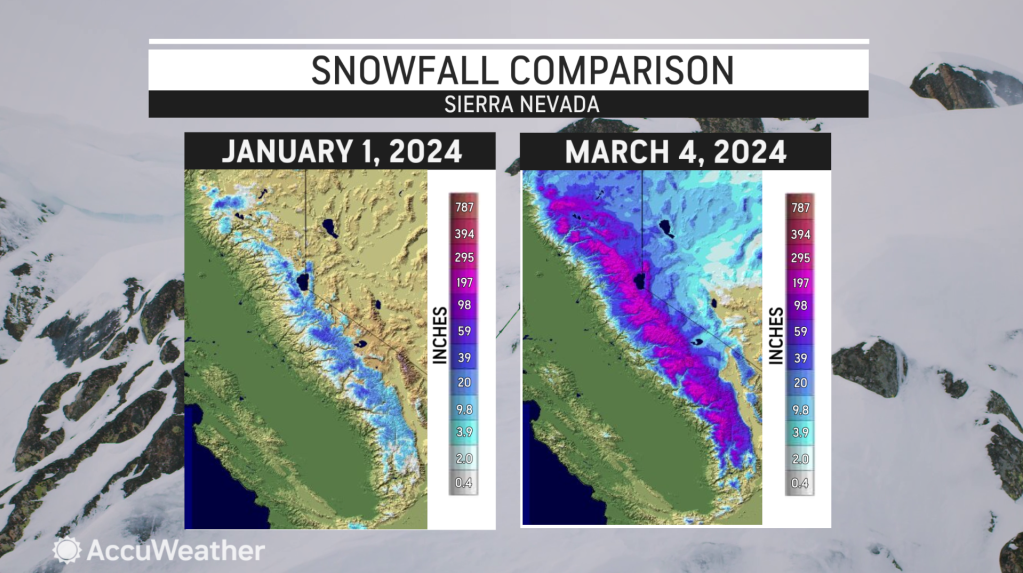
The winters of 2022-2023 saw the dramatic impact of atmospheric rivers and massive snowstorms, effectively alleviating short-term drought worries. Although the current wet season began sluggishly, the turn of 2024 brought rounds of mountain snow, bolstering the snowpack. A pivotal moment occurred in early March when a blizzard deposited over 80 inches of snow in the Sierra Nevada.
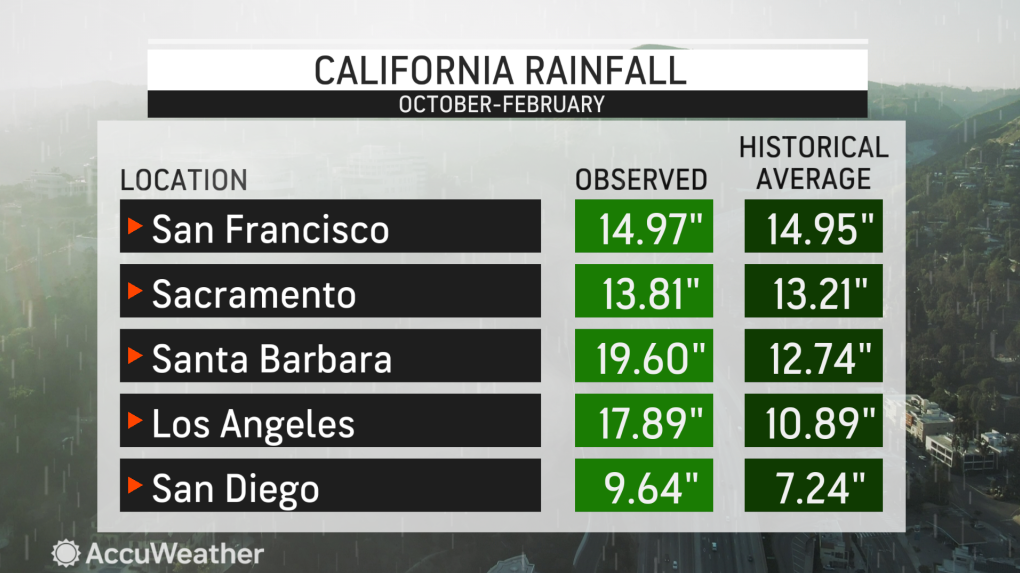
Currently, six key reservoirs in California boast water levels at or above historical averages. Forecasts indicate that these levels will continue to rise in the following weeks, with the possibility of more snowfall before the wet season concludes. As temperatures increase during spring and summer, melting snow will augment flows in creeks, streams, and ultimately, reservoirs. Some reservoirs may necessitate additional water releases to accommodate the influx of spring snowmelt.
However, concerns about potential flooding, particularly along creeks and streams, loom if warmer temperatures surpass historical averages and accelerate snowpack melting.
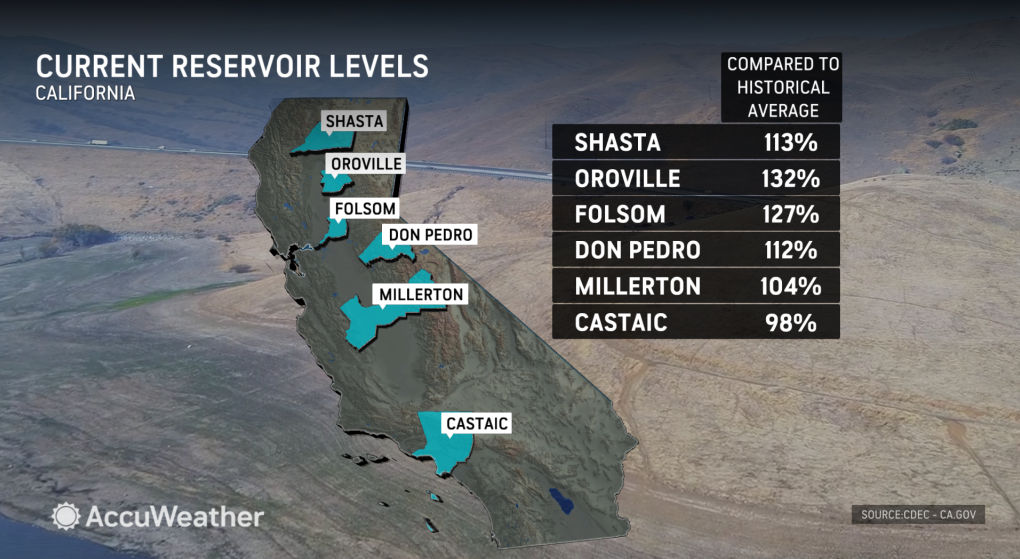
Nevertheless, the return of widespread drought to California is not a matter of if, but when. A single dry wet season can initiate a new drought cycle. AccuWeather anticipates the current El Niño phase will transition swiftly to La Niña before the next winter, increasing the likelihood of forthcoming dry conditions. Nonetheless, even a drier-than-average year is unlikely to spur long-term drought issues, given the resilience built over the last two winters.
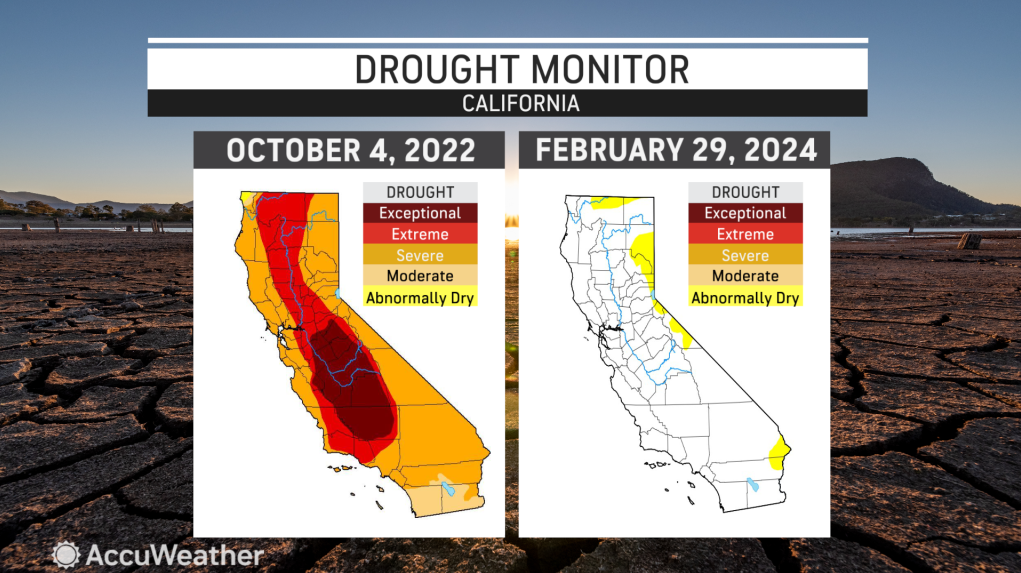
Bernie Rayno, Chief Broadcast Meteorologist at AccuWeather, stressed the importance of water management and conservation in California. He likened water to gold in the state, emphasizing the necessity of capturing every drop of rain and flake of snow. Despite the temporary reprieve from drought, he reiterated that water conservation remains paramount, as drought is ingrained in California’s way of life.
Jon Porter, Chief Meteorologist at AccuWeather, echoed these sentiments, emphasizing the cyclical nature of precipitation and drought in California, particularly in the context of a changing climate.
The recent trend of abundant moisture and rising reservoir levels brings relief to farmers and ranchers across the state. Water is a crucial economic driver in California, supporting nearly half of the fruits and vegetables produced in the United States.
Regarding wildfire season, the surplus of rain and snow will reduce the overall wildfire risk in California this summer and fall. However, the abundance of vegetation, fueled by recent precipitation, poses a threat, especially grass fires. Porter urged vigilance, noting that greenery can dry out quickly, heightening the risk of wildfires, even in the absence of widespread drought.
